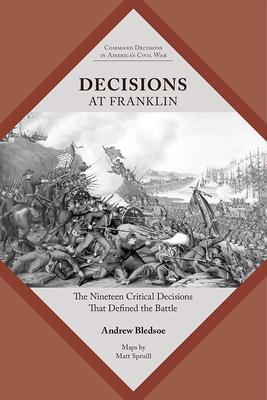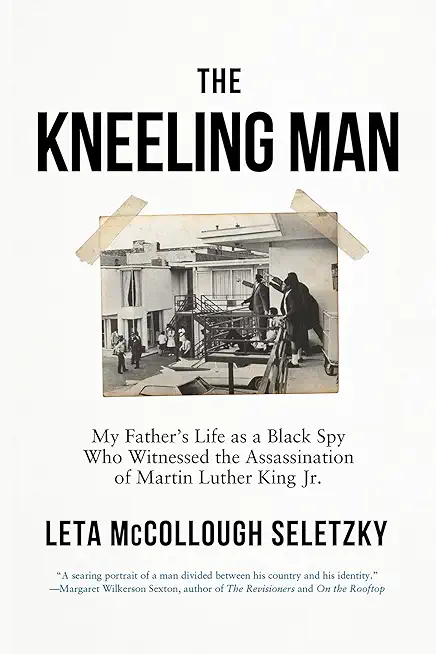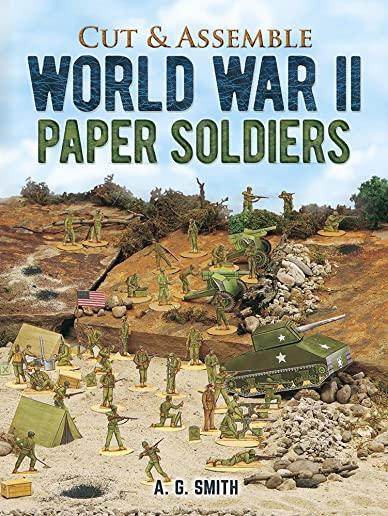
Bledsoe, Andrew S.
product information
description
uered Confederate general John Bell Hood against Union general John Schofield and his Army of the Ohio. The Army of Tennessee had nearly twenty thousand men when it began assaulting the Union's fortified positions around Franklin. While Hood forced the Army of Ohio to retreat to Nashville, his losses were considerable, and he would face a fortified Army of the Ohio yet again. Hood's defeat in the subsequent battle of Nashville shrunk the Army of Tennessee to fewer than ten thousand men and effectively neutralized the army for the remainder of the Civil War. Decisions at Franklin explores the critical decisions made by Confederate and Union commanders during the battle and how these decisions shaped its outcome. Rather than offering a history of the battle, Andrew Bledsoe hones in on a sequence of critical decisions made by commanders on both sides of the contest to provide a blueprint of the Battle of Franklin at its tactical core. Identifying and exploring the critical decisions in this way allows students of the battle to progress from a knowledge of what happened to a deep understanding of why events
happened. Complete with maps and a driving tour, Decisions at Franklin is an indispensable primer, and readers looking for a concise introduction to the battle can tour this sacred ground--or read about it at their leisure--with key insights into the campaign and a greater understanding of the Civil War itself. Decisions at Franklin is the fifteenth in a series of books that will explore the critical decisions of major campaigns and battles of the Civil War.
happened. Complete with maps and a driving tour, Decisions at Franklin is an indispensable primer, and readers looking for a concise introduction to the battle can tour this sacred ground--or read about it at their leisure--with key insights into the campaign and a greater understanding of the Civil War itself. Decisions at Franklin is the fifteenth in a series of books that will explore the critical decisions of major campaigns and battles of the Civil War.
member goods
No member items were found under this heading.
Return Policy
All sales are final
Shipping
No special shipping considerations available.
Shipping fees determined at checkout.







